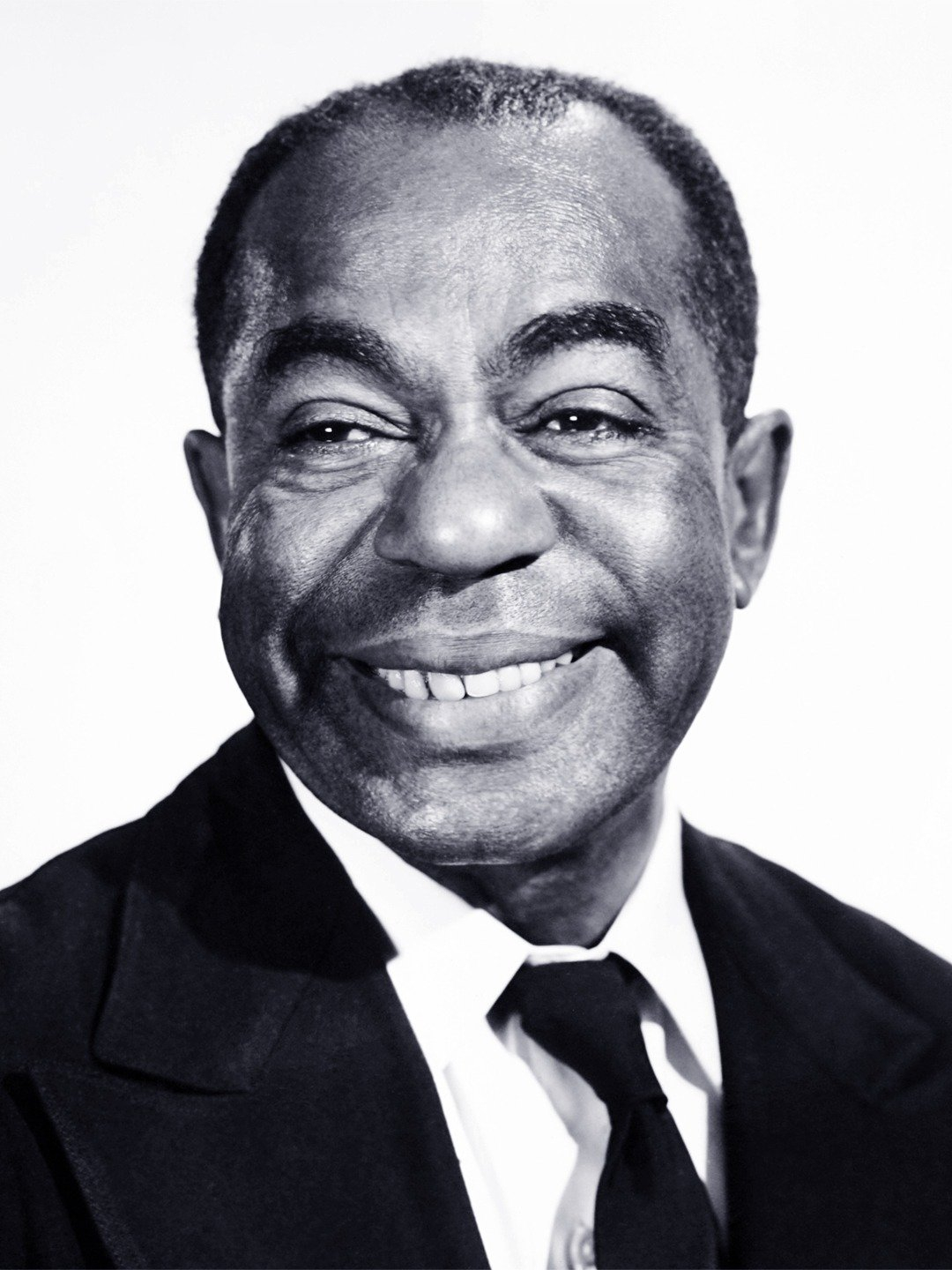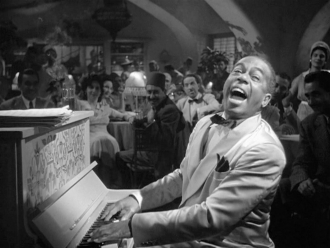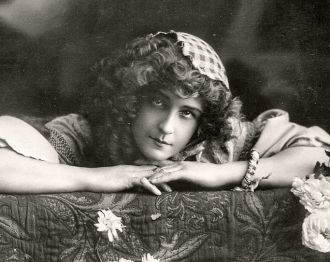Dooley Wilson
A photo of "Dooley" Wilson, starring CASABLANCA.
Date & Place:
Not specified or unknown.


 Amanda S. Stevenson
Amanda S. Stevenson 




